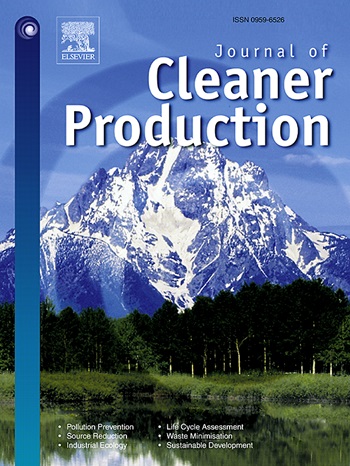Colloidal facilitated radionuclide transport characterization in preferential flow paths
IF 9.7
1区 环境科学与生态学
Q1 ENGINEERING, ENVIRONMENTAL
引用次数: 0
Abstract
Safe disposal of radionuclides nuclear waste is a key issue for protecting the environment and human health in sustainable nuclear energy development. Currently, geological disposal has been widely regarded as the most effective method for long-term waste management. However, with the failure of repository barriers in a time scale of million years, the radionuclides are possible to release into the subsurface system and transport with groundwater. The process can be enhanced by preferential flow paths, particularly in the presence of colloids. Therefore, a comprehensive understanding of the collaborating effects of preferential flow and colloids is critical for ensuring reliable repository assessments. In this paper, the interactions mechanisms between radionuclides and colloids that delaying the transport of radionuclides are first summarized with corresponding mathematical descriptions. The advanced modeling techniques are then assessed by describing colloid-facilitated radionuclide transport with different conceptual framework under the effect of preferential flow. Meanwhile, the main factors that impacting the preferential flow on radionuclide transport are simultaneously discussed. Finally, this work identifies key challenges and outlines future research directions in addressing the complex processes influencing radionuclide transport. It provides valuable insights into identifying the control factors in complicated radionuclides transport in subsurface and further enhancing the safety assessment of radioactive waste repository.
胶体促进了放射性核素在优先流动路径中的输运表征
放射性核素核废料的安全处置是核能可持续发展中保护环境和人类健康的关键问题。目前,地质处置已被广泛认为是最有效的废物长期管理方法。然而,由于储存库屏障在百万年的时间尺度上失效,放射性核素有可能释放到地下系统并随地下水运输。该过程可以通过优先流动路径来增强,特别是在胶体存在的情况下。因此,全面了解优先流和胶体的协同效应对于确保可靠的储存库评估至关重要。本文首先总结了放射性核素与胶体的相互作用机制,并给出了相应的数学描述。在优先流的作用下,用不同的概念框架描述胶体促进的放射性核素输运,评估了先进的建模技术。同时,讨论了影响核素输运优先流的主要因素。最后,本工作确定了解决影响放射性核素转运的复杂过程的关键挑战并概述了未来的研究方向。为确定复杂放射性核素地下转运的控制因素,进一步加强放射性废物处置库的安全评价提供了有价值的见解。
本文章由计算机程序翻译,如有差异,请以英文原文为准。
求助全文
约1分钟内获得全文
求助全文
来源期刊

Journal of Cleaner Production
环境科学-工程:环境
CiteScore
20.40
自引率
9.00%
发文量
4720
审稿时长
111 days
期刊介绍:
The Journal of Cleaner Production is an international, transdisciplinary journal that addresses and discusses theoretical and practical Cleaner Production, Environmental, and Sustainability issues. It aims to help societies become more sustainable by focusing on the concept of 'Cleaner Production', which aims at preventing waste production and increasing efficiencies in energy, water, resources, and human capital use. The journal serves as a platform for corporations, governments, education institutions, regions, and societies to engage in discussions and research related to Cleaner Production, environmental, and sustainability practices.
 求助内容:
求助内容: 应助结果提醒方式:
应助结果提醒方式:


